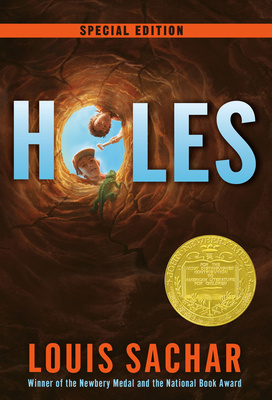Group Theory in Quantum Mechanics: An Introduction to Its Present Usage
Geared toward research students in physics and chemistry, this text introduces the three main uses of group theory in quantum mechanics: (1) to label energy levels and the corresponding eigenstates; (2) to discuss qualitatively the splitting of energy levels, starting from an approximate Hamiltonian and adding correction terms; and (3) to aid in the evaluation of matrix elements of all kinds. "The theme," states author Volker Heine, "is to show how all this is achieved by considering the symmetry properties of the Hamiltonian and the way in which these symmetries are reflected in the wave functions." Early chapters cover symmetry transformations, the quantum theory of a free atom, and the representations of finite groups. Subsequent chapters address the structure and vibrations of molecules, solid state physics, nuclear physics, and relativistic quantum mechanics. A previous course in quantum theory is necessary, but the relevant matrix algebra appears in an appendix. A series of examples of varying levels of difficulty follows each chapter. They include simple drills related to preceding material as well as extensions of theory and further applications. The text is enhanced with 46 illustrations and 12 helpful appendixes. This description may be from another edition of this product.
Format:Hardcover
ISBN:B0000CKNG5
Release Date:January 1960
Publisher:Pergamon Press
Length:468 Pages
Weight:0.45 lbs.
Customer Reviews
0 customer rating | 0 review
There are currently no reviews. Be the first to review this work.




















